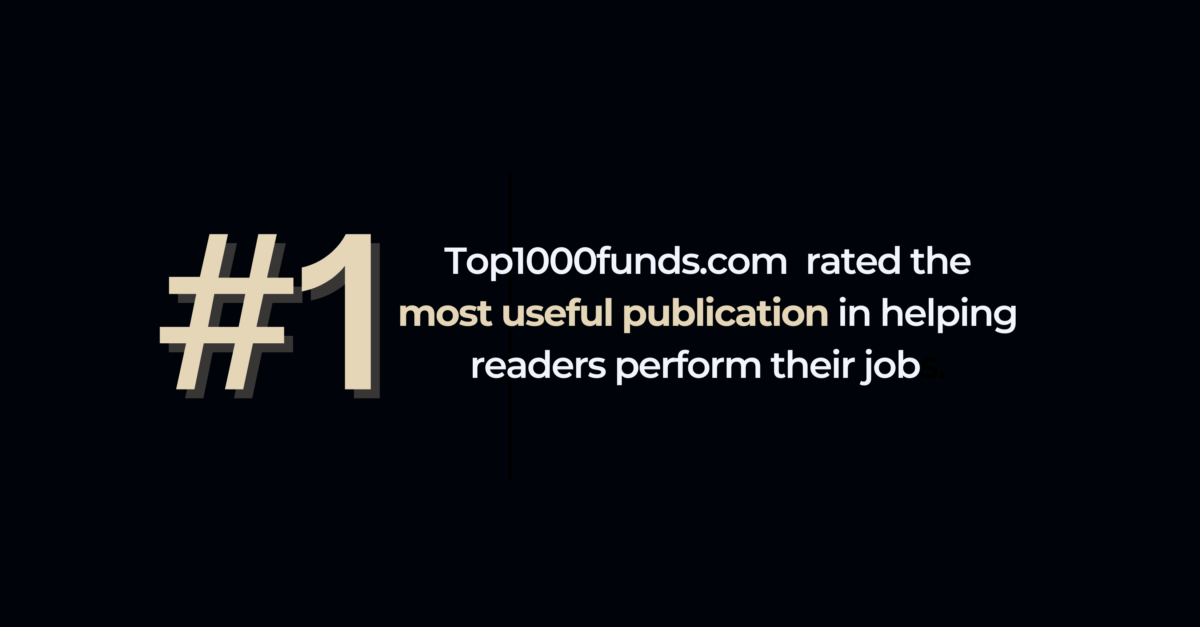Investors relying on nomenclature of smart beta indexes as an accurate reflection of their factor exposures should take a closer look. New research, using a “factor efficiency ratio”, finds that most smart beta indexes are unable to provide desired factor exposures without taking on substantial unintended exposures. Importantly the paper finds that some smart beta indexes advertise certain factor exposures, such as value, but have risk profiles that were dominated by unintended exposures, such as size and volatility.
The paper, Evaluating the efficiency of ‘smart beta’ indexes by Michael Hunstad, head of quantitative research and Jordan Dekhayser, quantitative research analyst at Northern Trust Asset Management, constructs a factor efficiency ratio to measure how efficiently smart beta producers gain exposure to desired or intended factors and avoid the unintended factors.
The factor efficiency ratio measures the percent of active risk coming from desired versus undesired factor exposure. For example for a value index how much active risk is coming from the value factor opposed to the other factors in the risk model
The paper finds that most smart beta indexes were generally unable to provide desired factor exposures without taking on substantial unintended exposures.
This is attributed to the relative simplicity of index construction.
Importantly the paper finds that some smart beta indexes advertise certain factor exposures, such as value, but have risk profiles that were dominated by unintended exposures, such as size and volatility. This has important implications for investors, who must be aware of the true risk profile of indexes they use to invest
The paper can be downloaded here
Evaluating the efficiency of ‘smart beta’ indexes



